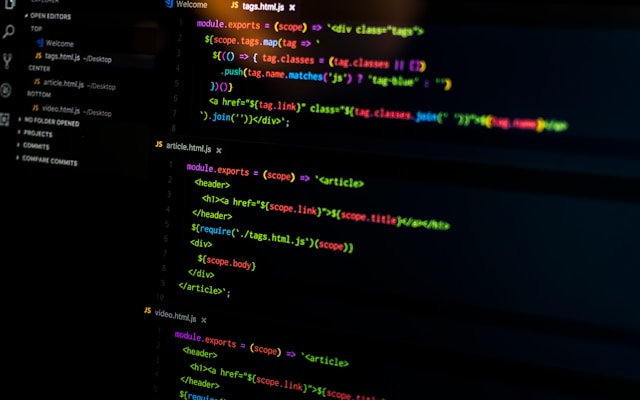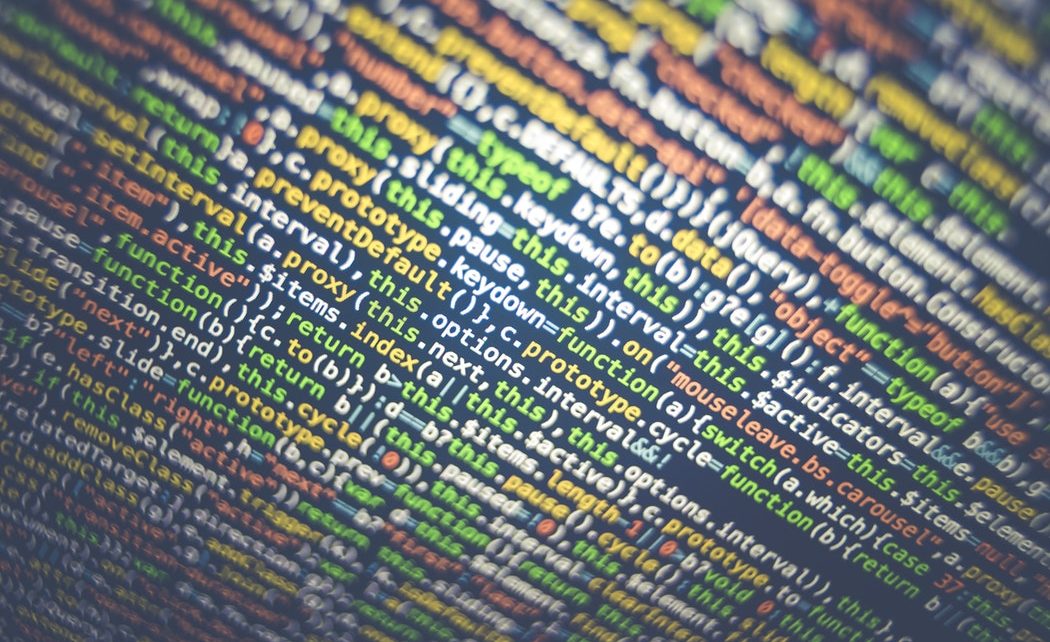The article begins by highlighting the dynamic nature of image processing in the context of advancing information technology. It predicts a future shift from image to video processing due to the increasing prevalence of videos over text-based media. The Video Stream Matcher (VSM) is introduced as a tool for analyzing video data using statistical models like KS Test, Variation, Mean, and Norm.
Key frames extraction is identified as a technique to minimize the vast collection of frames in a video. Four features are extracted from each frame: histogram, edge, slope, and wavelets. The literature review section references research papers and books that inform the implementation of VSM, including studies on similarity analysis of video sequences and key frame extraction.
The key elements of VSM are outlined, including the input of source and test data (videos or images), key frames extraction, feature extraction, and application of statistical models for decision making. The problem statement highlights the need for automated video evaluation systems, particularly in scenarios like security checks on public transportation and video database management in TV stations.
The proposed solution revolves around VSM’s ability to process videos, focusing on key frames extraction, feature extraction, and statistical model application for decision making. The scope of the project encompasses mean frame extraction, feature extraction algorithms, and dual-phase statistical decision making. The organization of the report is structured to cover research findings, implementation details, software functioning, and conclusions with future work discussions.






